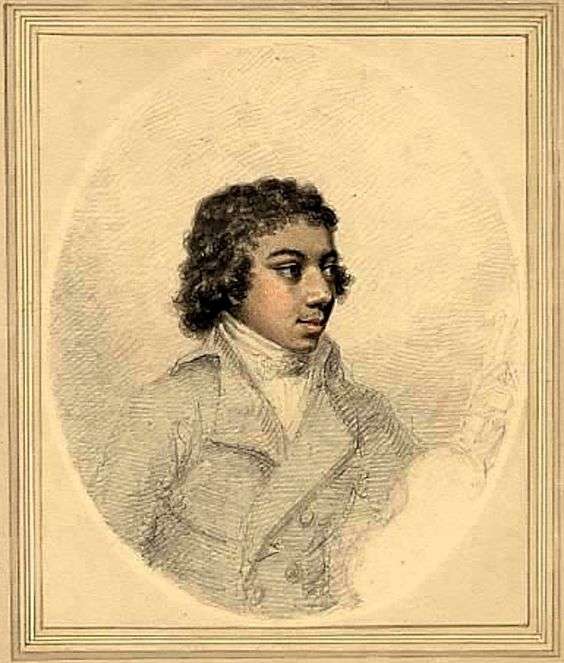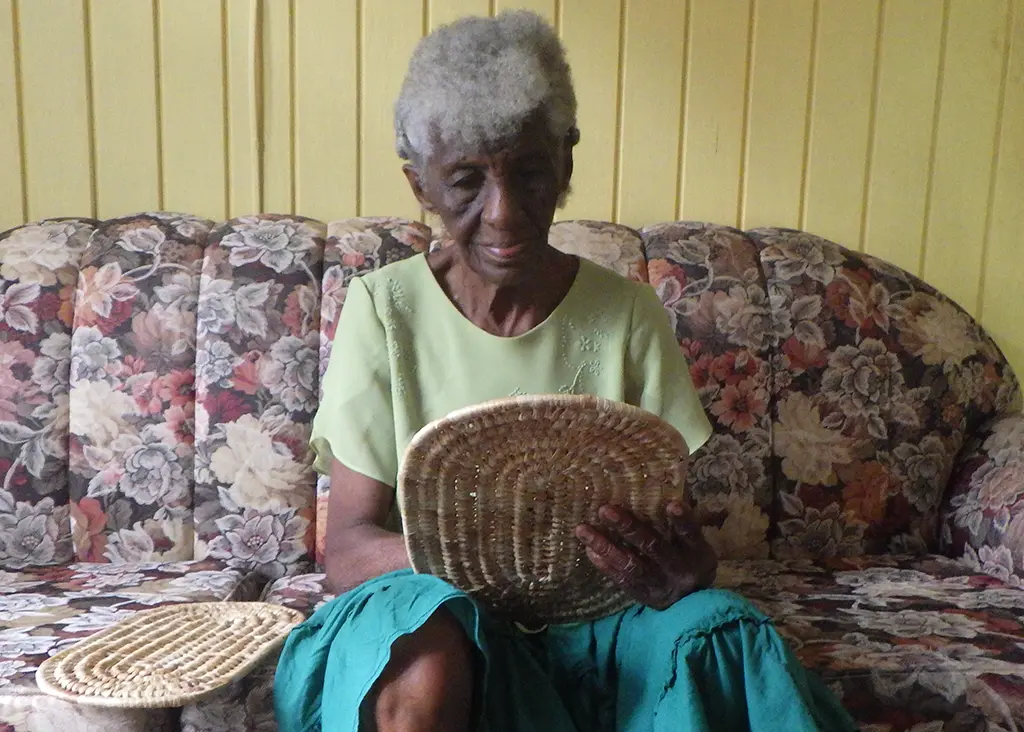John Frederick Bridgetower was born a slave in Barbados but was not content to end his life as one. There is no record of how he escaped from Barbados and made his way to Poland. There he worked in the family home of Austro-Hungarian Prince Esterhazy (Joseph Haydn’s patron) and learnt to speak English, French, German, Italian and Polish.
He married Mary Ann Sovinki who was from Poland (some sources say she was from Germany). They had 2 boys George Augustus Polgreen Bridgetower (1780-1860) and Friedrich T. Bridgetower. John and Mary-Ann made sure their children had a good education. Both boys were good musicians, Friedrich was a cellist and George specialised in the Violin.
John Bridgetower was an extravagant dresser and often wore Turkish robes as was the fashion of the time. For a time he lived in high society in London until he was banished by the Prince of Wales for “immoral Behaviour” in 1791.
From a very young age George Augustus Polgreen Bridgetower proved to be a very gifted musician. He first played in England on the 19th February 1790 at the Drury Lane Theatre.
He performed with Beethoven several times and, until their disagreement over a lady, had a piece of music dedicated to him – Violin Sonata No. 9 in A major (Op.47) – Sonata per un mulattico lunatico. After the breakup the dedication was changed to violin virtuoso Rudolphe Kreutzer. This unfortunate incident meant that he did not get the fame and fortune he deserved.
George Bridgetower married Mary Leech Leeke in 1816 and continued his musical career, teaching, writing and performing. They had a daughter who lived in Italy where he visited several times. He died in Peckham in South London and left his estate of £1,000 to his deceased wife’s sister. He is buried in Kensal Green Cemetery.
For a full account of George Bridgetower’s life and career in music click here and here.
Rachel Pringle Polgreen circa 1753 — 1791
Rachel Lauder was born in Barbados to a slave lady and William Lauder, her white master. She gained the friendship of Thomas Pringle who gave her freedom. Rachel changed her name to Rachel Pringle.
She opened the Royal Navy Hotel in Bridgetown, an establishment where sailors and royalty went for entertainment after a long and lonely sea voyage. This was located in Canary Street, now renamed St. George Street.
When her relationship with Thomas ended she met a man called Polgreen and now referred to herself as Rachel Pringle Polgreen.
Rachel Pringle Polgreen died on July 23, 1791, at the age of 48. At her death, she owned a considerable amount of property, including buildings, liquid assets, and slaves. Some sources state that she owned several hotels.
I cannot find any confirmation of any family ties between John Frederick Bridgetower and Mr. Polgreen, but the fact that he named one of his sons Polgreen suggests that he held Mr. Polgreen in high esteem.






Leave a Reply